National
Baby Ghariyals in Bardiya are a sight to celebrate
93 babies of the rare crocodile species have hatched successfully at Bardiya breeding centre. Highest number in eight years.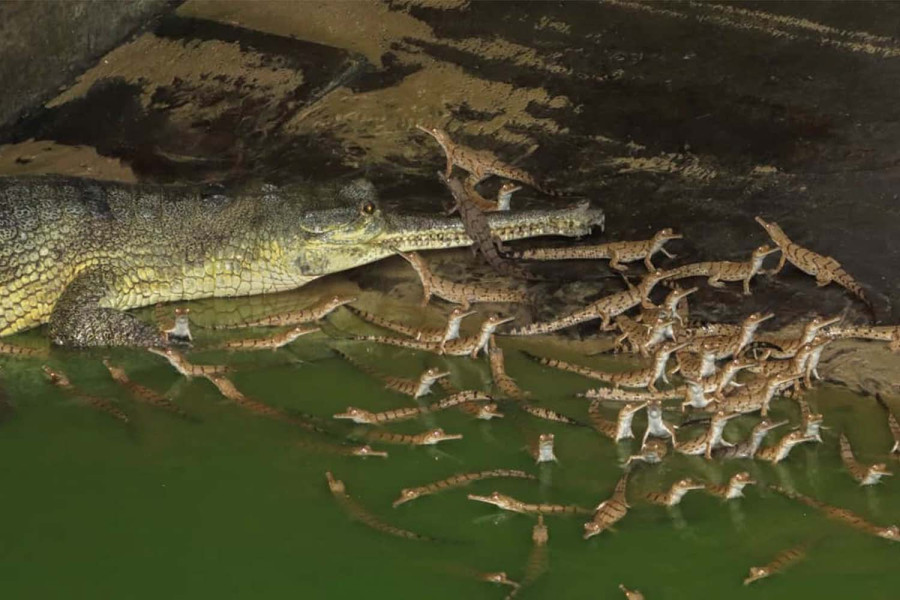
Manoj Paudel
The Crocodile Breeding Centre in Bardiya National Park is bustling with life. Ninety-three baby gharials, barely two months old, are turning the facility’s ponds into a lively spectacle. Globally listed as critically endangered, the gharial is among the rarest crocodilian species in the world, and this year’s hatchlings are being hailed as a major conservation success.
Inside two enclosures, some hatchlings splash about in the pond, others practise catching small fish, while a few bask lazily in the sun. Several huddle together in apparent affection, watched closely by caretakers.
“This year, five nests were laid. Of more than 120 eggs, 105 hatched successfully, though 15 hatchlings died. Now, 93 are thriving,” said Ashok Ram, chief of the national park.
The centre’s records reflect fluctuating success over recent years. In the last fiscal year of 2024-25, fifty hatchlings were born and 32 survived; in 2023-24, eighty-five hatched with 64 survivors; and in 2022-23, fifty-five hatched with 38 making it past infancy.
“Most deaths occur within the first two months,” Ram explained. “Cold temperatures and difficulty feeding are the main causes. After that, they grow well.”
According to conservationists, survival rates in captivity up to the time of their release is around 60 percent, which is far higher than one to two percent survival seen in the wild.
The park’s information officer Saroj Mani Paudel said that this year’s eggs hatched in mid-June. Hatchlings will remain in the centre until they are large enough for release. Tourists often flock to see the tiny, delicate reptiles—a gentler image compared to the intimidating adults. “They’ve become a key attraction,” Paudel said.
The gharial inhabits clean, flowing rivers and feeds exclusively on fish. Unlike the aggressive mugger crocodile, it rarely strays far from riverbanks and does not attack humans. But rising river pollution, destruction of natural habitats and the destruction of eggs by fishing activities have brought the species to the verge of extinction in Nepal.
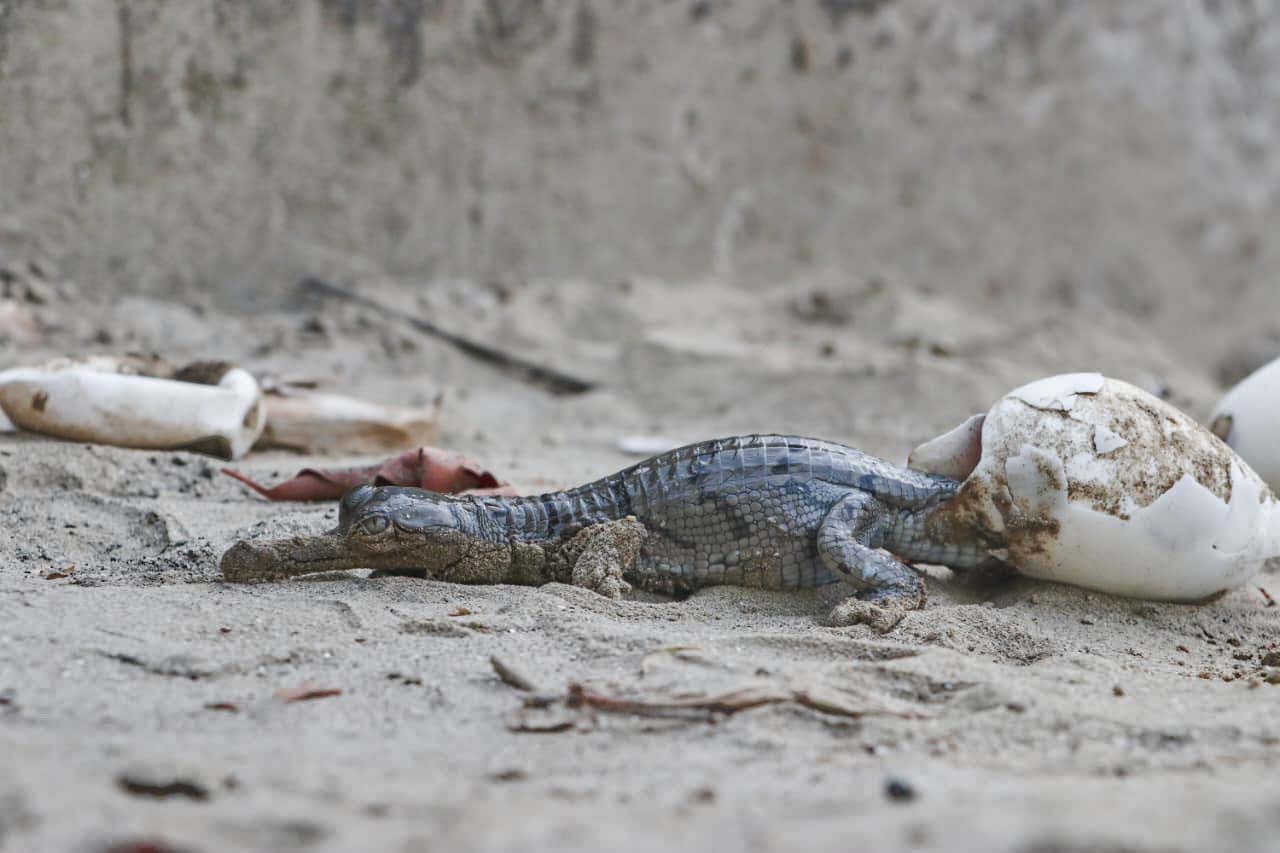
“This is the highest number of hatchlings since 2016,” said Ram, informing that two trained technicians care for the gharials, feeding them 1.5 to 2 kilograms of small fish on a daily basis.
“Small hatchlings can’t eat big fish,” explained Game Scout Rangilal Tharu, who ventures to nearby streams and rivers every day to catch suitable fish. “For five to six months, we have to search daily for their food.”
Floods pose occasional threats, mainly when the water bodies are flooded. Captive-born gharials are released into rivers—usually in the Karnali or Babai—when they are four to five years old. Currently, 15–20 juveniles are ready for release. Last year’s release was skipped due to lack of space. The centre now houses 152 gharials of various ages.
An egg produces one hatchling, with a female gharial lays between 31 and 62 eggs. The Bardiya facility has two males and eight females for breeding. Hatchlings are separated from their mothers within three to four days of hatching to protect them from natural hazards.
Nepal has two crocodilian species: the mugger and the gharial. While muggers thrive in rivers, ponds and marshes and can travel long distances, gharials are comparatively shy and stay close to clean riverbanks.
Conserving gharials in the wild is especially difficult. Even in artificial habitats, breeding can fail due to lack of compatible males or technical issues. Bardiya saw no egg-laying for three consecutive years—2018 to 2020.
Across Nepal, 200–250 hatchlings emerge annually from natural nests, but only around 2–3 percent survive.
“Floods wash many away. They don’t usually die from disease, but once separated from maternal care, they quickly become prey,” said Ajit Tumbahamphe, Bardiya head of the National Trust for Nature Conservation. “Gharials live only in clean water. Their survival is an indicator of a healthy environment.”
Nepal began gharial conservation and breeding in 1978. With fewer than 80 gharials nationwide, the Kasara Gharial Conservation and Breeding Centre in Chitwan National Park was established. In Chitwan, eggs are collected from natural nests, hatched at the centre, and juveniles later released. Bardiya’s approach is different—gharials lay eggs and hatch directly inside the breeding facility.
Bardiya first housed gharials in 1983 as part of a rescue programme, beginning with 25 eggs brought from the Babai river. In 2010, ten gharials were transferred from Chitwan, marking the start of its dedicated breeding role. Since then, Bardiya’s programme has evolved into one of Nepal’s most important centres for gharial recovery.
For conservationists, the sight of 93 lively hatchlings is more than an adorable attraction—it is proof that, with sustained effort, one of the world’s rarest reptiles can inch back from the brink.
“Gharial conservation is not just about saving a species,” Ram said. “It’s about protecting the rivers, the fish, and the health of the entire ecosystem.”




 9.12°C Kathmandu
9.12°C Kathmandu

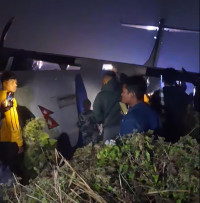



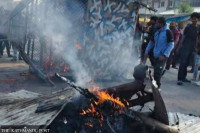



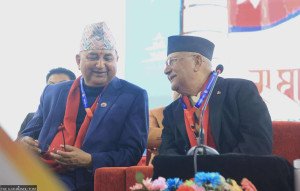



%20(1).jpg&w=300&height=200)

